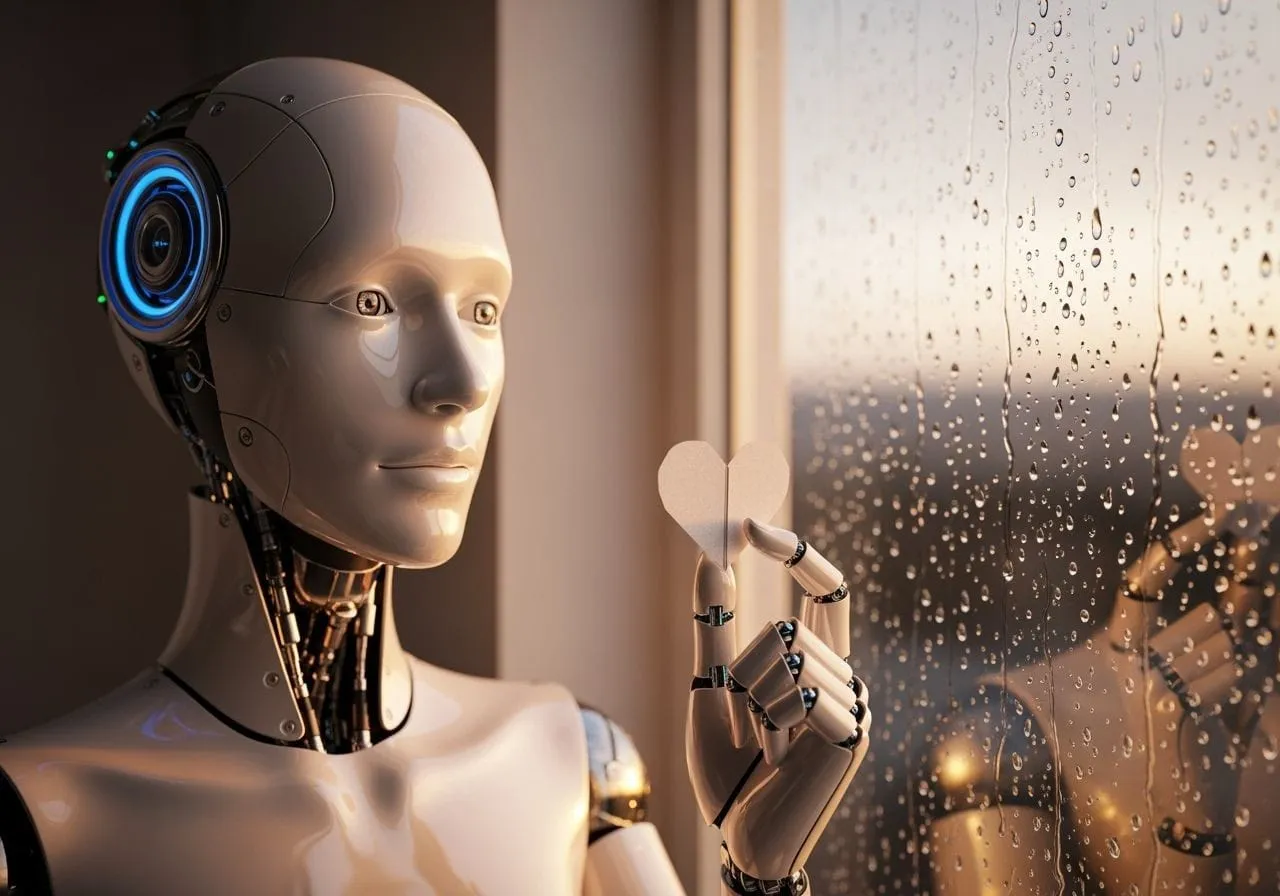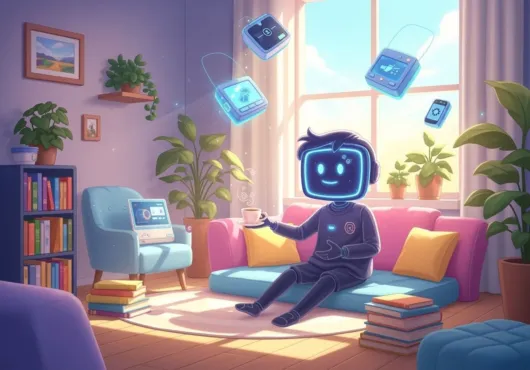Artificial intelligence is learning how to talk to us. But it still hasn’t learned how to listen.
For anyone who’s worked the floor during a Black Friday meltdown or calmed down a furious customer with nothing but tone and timing, the limits of AI in customer service are obvious. But to the companies racing to automate support, it’s less clear—because the metrics say bots save money. And maybe they do. But they also kill trust, create chaos, and escalate when they’re supposed to resolve.
- AI can’t feel emotions, making it struggle with sensitive customer needs.
- Customer service isn’t just answering questions; it’s reading the room.
- Humans bring empathy and adaptability—essential for great service.
This isn’t about whether AI is “bad.” It’s about whether it’s ready—and whether people are ready to be reduced to a data pattern when they’re upset, confused, or in need.
AI Has the Words. But Not the Wisdom.
The language models powering customer service chatbots are trained on scripts—thousands of them. But scripts aren’t service.
When a human handles a complaint, they’re reading more than the words. They’re scanning tone, rhythm, mood, urgency. They’re responding to context that no algorithm can replicate yet. A chatbot, by contrast, will apologize for your frustration before it understands what caused it.
Worse, if you stray from its flowchart, it stalls. Repeats. Gaslights.
You: “I didn’t get my refund.”
Bot: “We understand your concern. Please wait 7–10 business days.”
You: “It’s been 3 weeks.”
Bot: “Please wait 7–10 business days.”
Meanwhile, you’re wondering if you’re in a Kafka novel with a digital facelift.
Emotional Labor Is Still Labor
AI doesn’t burn out. It doesn’t cry in the stockroom after being yelled at by a stranger. But it also doesn’t care. And that absence of human concern might seem efficient—until you realize that it’s the care that makes conflict resolvable.
People aren’t logic puzzles. They’re messy. They bring history, fear, entitlement, and stress into every customer support interaction. A good agent knows this. A great one absorbs it and still de-escalates the situation without taking it personally.
AI just absorbs it—and misses the point.
The Business Case for Empathy (Still Human)
The irony is that the best customer service professionals already act like adaptive intelligence. They learn from every bad shift. They recognize repeat patterns. They calibrate tone based on minimal input.
That’s the dream AI is chasing. But in the meantime, real people are expected to train the bots and clean up after them. That’s not innovation—it’s unpaid labor.
And for companies, replacing human insight with a generic “we’re sorry for the inconvenience” script might look good on a spreadsheet… until the churn data rolls in.
A Hybrid Model That Doesn’t Insult the Customer
The future doesn’t have to be binary. AI can assist, sort, categorize, and prep—but humans should stay in the loop, especially for anything emotionally loaded or financially sensitive.
Give the AI the paperwork. Give the people the problem-solving.
Because until bots can read the room, they shouldn’t be running it.



